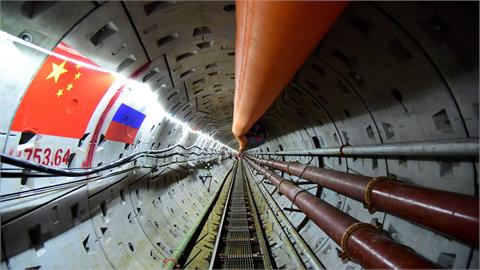Solar energy is accelerating the transformation of the global electricity-generation sector through gains in technology innovation and price deflation, according to a report published on Monday by a U.S.-based energy policy think-tank.
The study, Solar Is Driving a Global Shift in Energy Markets by the Institute for Energy Economics and Financial Analysis (IEEFA) details some of the world's biggest utility-scale and concentrated-solar-power (CSP) projects; and documents major examples of large rooftop-solar expansions, floating-solar developments, and solar-with-battery-storage projects.
"The sheer size and number of solar power-based generation projects in operation and under construction around the world is a clear indication that solar as a technology has come of age," the report said, adding solar energy is taking an increasingly prominent role in driving the ongoing transformation of global electricity generation markets alongside gains in storage, wind, hydroelectricity and energy efficiency.
The report acknowledged recent research by Bloomberg New Energy Finance that said 98 gigawatts (GW) of solar was installed globally in 2017, a 31 percent increase from the previous year.
It noted that meanwhile, the levelized cost of solar dropped 15 percent year-on-year to $86 per megawatt-hour for capacity installed last year.
According to the report, China led the charge, accounting for more than half the newly installed solar capacity, or some 53 GW, a figure, which it pointed out, as recently as 2014 would have eclipsed the global total of solar installations.
India "clearly embarking on a massive transformation of its electricity sector as well" came second, having installed 10 GW of solar in 2017, almost double its record in 2016.
The country's 2018 National Electricity Plan, released in March, affirms national intentions to increase renewable energy capacity to 275 GW by 2027, with solar representing two-thirds of this total, the report said, adding the "Scheme for Development of Solar Parks" had proven successful at attracting foreign capital towards the construction of the world’s largest ultra-mega solar parks.
"India’s push for development of 'Industrial Solar Parks' has driven construction on a number of the world's largest utility-scale solar projects, including the nearly complete 2,225 megawatt (MW) Bhadla solar industrial park in Rajasthan, and with the State of Gujarat looking to beat that with an April 2018 announcement to build a 5,000 MW project," IEEFA said.
"As renewables rise in India, thermal power capacity is forecast to decline to just 43 percent of the nation's total in 2027, down from 66 percent today," it added.
China and India are hardly alone on this front, as scores of other countries embrace solar, according to the report.
"Saudi Arabia, for one, announced in March 2018 a plan to build 200 GW of solar capacity by 2030, yet another marker in the transition under way across global energy markets," it said.
The uptake of solar is also gathering momentum in Europe and the Americas, the report showed.
"Global energy markets are changing, and fast," the report said, adding last year saw a number of new solar milestones set including a 1,547 MW project at Tengger, China, which set a record for the being largest operational solar project globally.
Other major highlights in the report include record low utility solar tariffs, with deflation over the last two years hitting 50 percent in a number of markets ranging from Chile and Mexico to India and Saudi Arabia; and a new world record for the largest partly operational floating solar project – a 150MW system that is being built in China, and which is set to be completed by the end of this month.
Commissioning of the world's largest rooftop solar unit, 19 MW in Punjab, India is another notable milestone, according to the report, which also noted a step-change in the commercially deployed cost of concentrated solar power, and a record high number of corporate power purchase agreements of which an increasing number are incorporating solar.
(Anadolu Agency, May 23, 2018)



